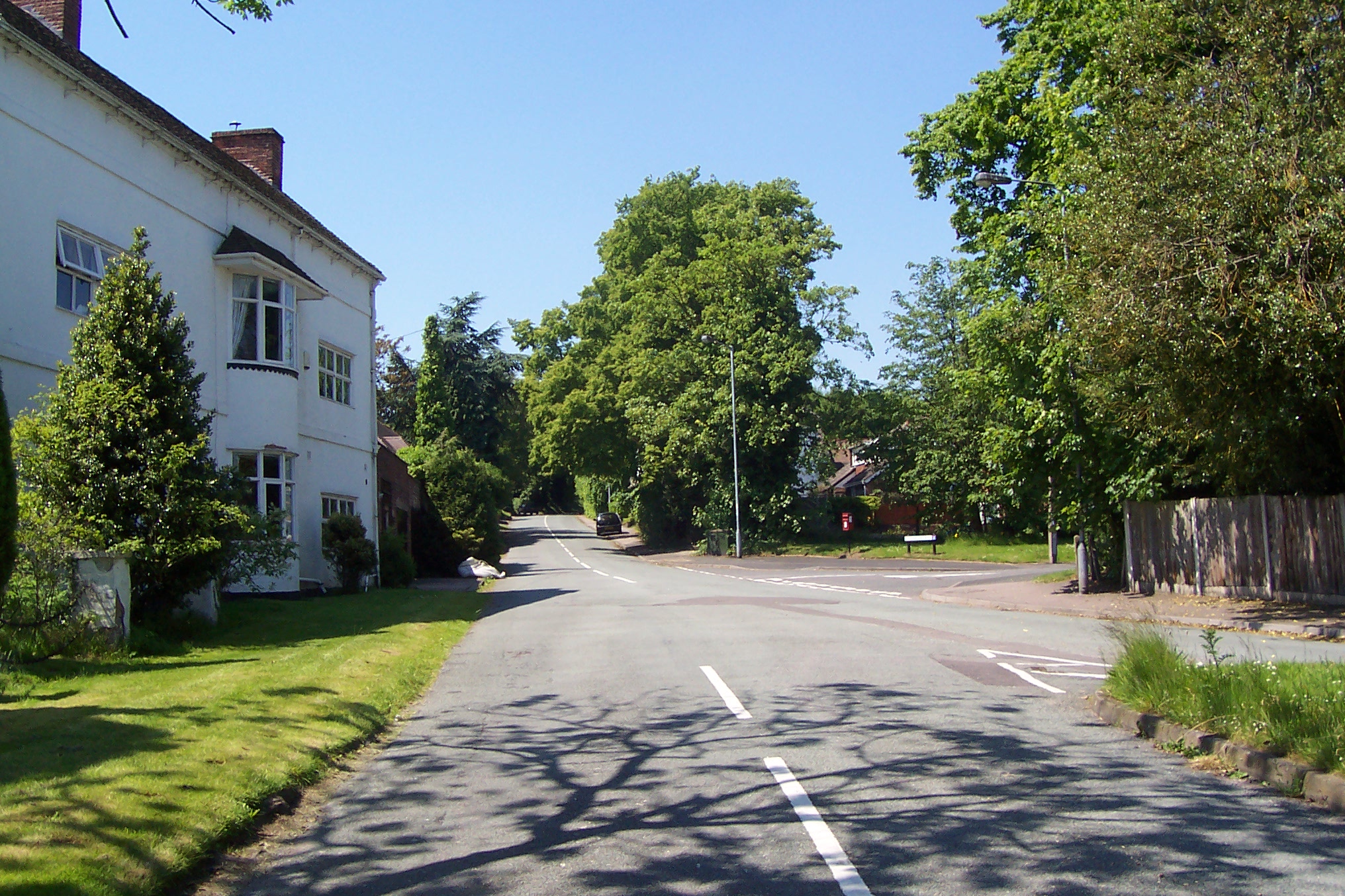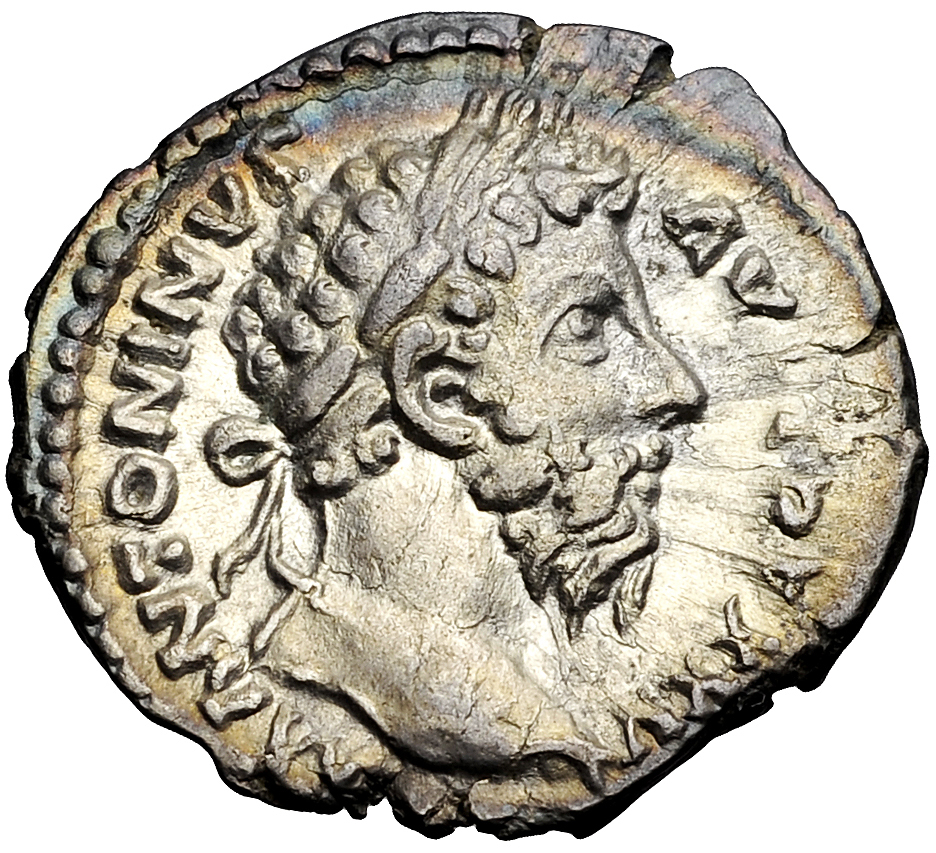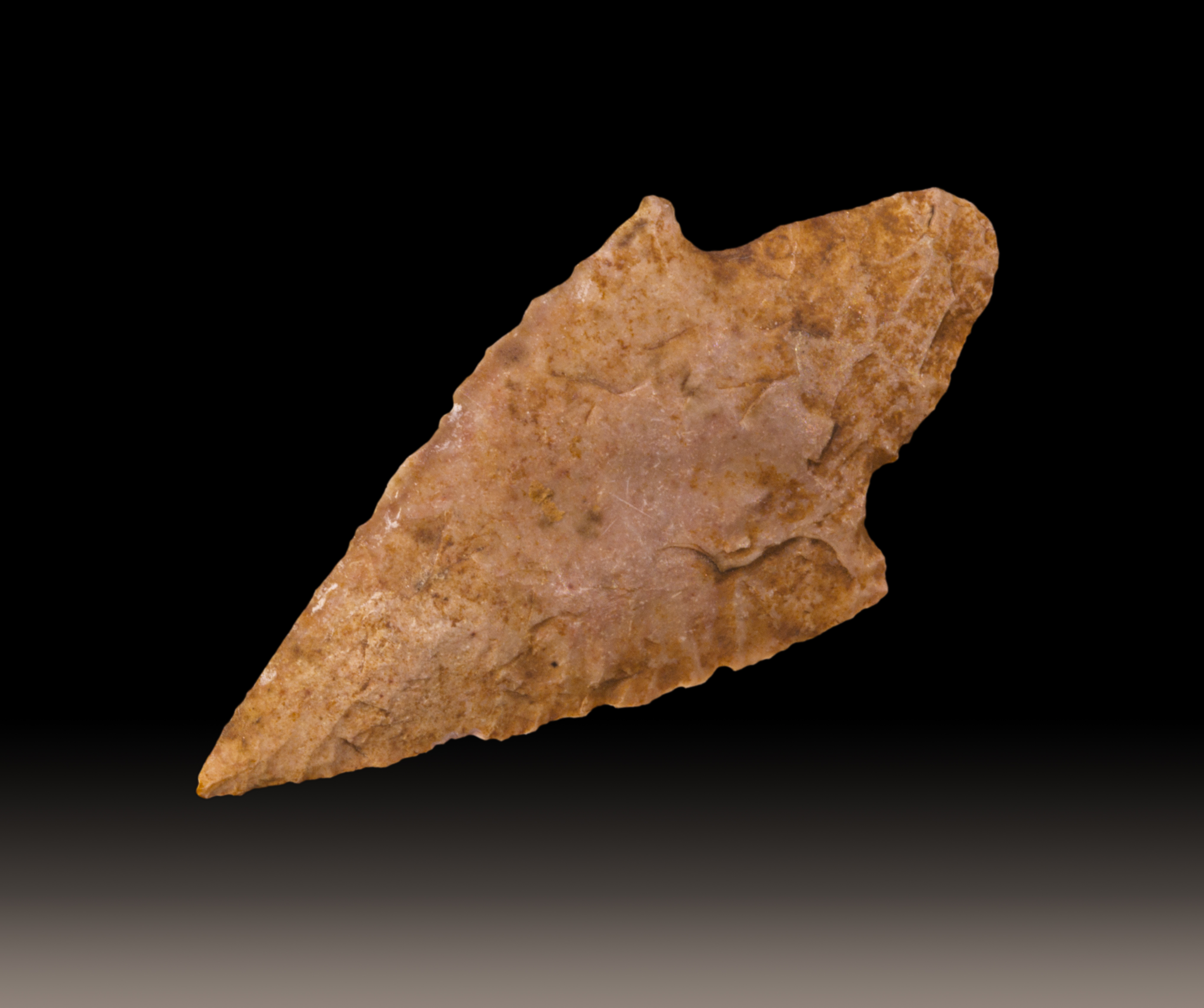|
Castle Old Fort
Castle Old Fort is a small Iron Age hill fort in Stonnall, in the Metropolitan borough of Walsall, West Midlands, England. Its interior is now occupied by a house. The structure is a promontory fort in that it is situated on the southern side of Castle Hill, presumably enabling its occupiers to overlook the southern approach of the ancient highway, Chester Road. The fort covers acres in an ovoid shape, measuring from north to south and from east to west. It has an earth rampart surrounded by a ditch, with an entrance in the south east. There is some evidence that there may originally have been a second line of defences comprising a bank and a ditch. The seventeenth century archaeologist Robert Plot reported findings of flint arrowheads, Roman pottery and Roman coins of Otho, Domitian and Nero Nero Claudius Caesar Augustus Germanicus ( ; born Lucius Domitius Ahenobarbus; 15 December AD 37 – 9 June AD 68), was the fifth Roman emperor and final em ... [...More Info...] [...Related Items...] OR: [Wikipedia] [Google] [Baidu] |
Stonnall
Stonnall is a large village in Staffordshire, England, close to Shenstone, Brownhills, Walsall Wood and Aldridge. It is divided into Upper Stonnall, Stonnall and Lower Stonnall — Upper Stonnall partly lies in the Metropolitan Borough of Walsall; the remainder of the village is in the district of Lichfield. The village is closely associated with the hamlets of Hilton, Lynn and Thornes. It has a population of 1,546 residents. Etymology There are two possibilities or there may have been two dialectal forms. The name Stonnall may be derived from the Anglo-Saxon words ''stan'' and ''halh'', meaning ''stony nook of land''. However, in the medieval pipe rolls, the alternative ''Stonwal'' is given alongside the more familiar form. In this case, the second element may be Anglo-Saxon ''waelle'', giving a meaning of a ''stony and watery place''. It is certainly true that the area has been historically prone to flooding. History Bronze Age activity in the area is attested by the disc ... [...More Info...] [...Related Items...] OR: [Wikipedia] [Google] [Baidu] |
Robert Plot
Robert Plot (13 December 1640 – 30 April 1696) was an English naturalist, first Professor of Chemistry at the University of Oxford, and the first keeper of the Ashmolean Museum. Early life and education Born in Borden, Kent to parents Robert Plot and Elisabeth Patenden, and baptised on 13 December 1640, Plot was educated at the Wye Free School in Kent. He entered Magdalen Hall, Oxford in 1658 where he graduated with a BA in 1661 and an MA in 1664. Plot subsequently taught and served as dean and vice principal at Magdalen Hall while preparing for his BCL and DCL, which he received in 1671 before moving to University College in 1676.A. J. Turner, 'Plot, Robert (bap. 1640, d. 1696)', Oxford Dictionary of National Biography, Oxford University Press, 200accessed 4 June 2013/ref>Plot, Robert." Complete Dictionary of Scientific Biography. Vol. 11. Detroit: Charles Scribner's Sons, 2008. 40–41. Gale Virtual Reference Library. Web. 4 June 2013. Natural history and chemistry ... [...More Info...] [...Related Items...] OR: [Wikipedia] [Google] [Baidu] |
Nero
Nero Claudius Caesar Augustus Germanicus ( ; born Lucius Domitius Ahenobarbus; 15 December AD 37 – 9 June AD 68), was the fifth Roman emperor and final emperor of the Julio-Claudian dynasty, reigning from AD 54 until his death in AD 68. He was adopted by the Roman emperor Claudius at the age of 13 and succeeded him on the throne. Nero was popular with the members of his Praetorian Guard and lower-class commoners in Rome and its provinces, but he was deeply resented by the Roman aristocracy. Most contemporary sources describe him as tyrannical, self-indulgent, and debauched. After being declared a public enemy by the Roman Senate, he committed suicide at age 30. Nero was born at Antium in AD 37, the son of Gnaeus Domitius Ahenobarbus and Agrippina the Younger, a great-granddaughter of the emperor Augustus. When Nero was two years old, his father died. His mother married the emperor Claudius, who eventually adopted Nero as his heir; when Cla ... [...More Info...] [...Related Items...] OR: [Wikipedia] [Google] [Baidu] |
Domitian
Domitian (; la, Domitianus; 24 October 51 – 18 September 96) was a Roman emperor who reigned from 81 to 96. The son of Vespasian and the younger brother of Titus, his two predecessors on the throne, he was the last member of the Flavian dynasty. Described as "a ruthless but efficient autocrat", his authoritarian style of ruling put him at sharp odds with the Senate, whose powers he drastically curtailed. Domitian had a minor and largely ceremonial role during the reigns of his father and brother. After the death of his brother, Domitian was declared emperor by the Praetorian Guard. His 15-year reign was the longest since that of Tiberius. As emperor, Domitian strengthened the economy by revaluing the Roman coinage, expanded the border defenses of the empire, and initiated a massive building program to restore the damaged city of Rome. Significant wars were fought in Britain, where his general Agricola attempted to conquer Caledonia (Scotland), and in Dacia, where Domit ... [...More Info...] [...Related Items...] OR: [Wikipedia] [Google] [Baidu] |
Otho
Marcus Otho (; born Marcus Salvius Otho; 28 April 32 – 16 April 69) was the seventh Roman emperor, ruling for three months from 15 January to 16 April 69. He was the second emperor of the Year of the Four Emperors. A member of a noble Etruscan family, Otho was initially a friend and courtier of the young emperor Nero until he was effectively banished to the governorship of the remote province of Lusitania in 58 following his wife Poppaea Sabina's affair with Nero. After a period of moderate rule in the province, he allied himself with Galba, the governor of neighbouring Hispania Tarraconensis, during the revolts of 68. He accompanied Galba on his march to Rome, but revolted and murdered Galba at the start of the next year. Inheriting the problem of the rebellion of Vitellius, commander of the army in Germania Inferior, Otho led a sizeable force which met Vitellius' army at the Battle of Bedriacum. After initial fighting resulted in 40,000 casualties, and a retreat of hi ... [...More Info...] [...Related Items...] OR: [Wikipedia] [Google] [Baidu] |
Roman Coins
Roman currency for most of Roman history consisted of gold, silver, bronze, orichalcum and copper coinage. From its introduction to the Republic, during the third century BC, well into Imperial times, Roman currency saw many changes in form, denomination, and composition. A persistent feature was the inflationary debasement and replacement of coins over the centuries. Notable examples of this followed the reforms of Diocletian. This trend continued into Byzantine times. Due to the economic power and longevity of the Roman state, Roman currency was widely used throughout western Eurasia and northern Africa from classical times into the Middle Ages. It served as a model for the currencies of the Muslim caliphates and the European states during the Middle Ages and the Modern Era. Roman currency names survive today in many countries, such as the Arabic dinar (from the ''denarius'' coin), the British pound, and the peso (both translations of the Roman '' libra''). Authority to m ... [...More Info...] [...Related Items...] OR: [Wikipedia] [Google] [Baidu] |
Ancient Roman Pottery
Pottery was produced in enormous quantities in ancient Rome, mostly for utilitarian purposes. It is found all over the former Roman Empire and beyond. Monte Testaccio is a huge waste mound in Rome made almost entirely of broken amphorae used for transporting and storing liquids and other products – in this case probably mostly Spanish olive oil, which was landed nearby, and was the main fuel for lighting, as well as its use in the kitchen and washing in the baths. It is usual to divide Roman domestic pottery broadly into coarse wares and fine wares, the former being the everyday pottery jars, dishes and bowls that were used for cooking or the storage and transport of foods and other goods, and in some cases also as tableware, and which were often made and bought locally. Fine wares were serving vessels or tableware used for more formal dining, and are usually of more decorative and elegant appearance. Some of the most important of these were made at specialised pottery workshop ... [...More Info...] [...Related Items...] OR: [Wikipedia] [Google] [Baidu] |
Arrowheads
An arrowhead or point is the usually sharpened and hardened tip of an arrow, which contributes a majority of the projectile mass and is responsible for impacting and penetrating a target, as well as to fulfill some special purposes such as signaling. The earliest arrowheads were made of stone and of organic materials; as human civilizations progressed, other alloy materials were used. Arrowheads are important archaeological artifacts; they are a subclass of projectile points. Modern enthusiasts still "produce over one million brand-new spear and arrow points per year". A craftman who manufactures arrowheads is called an arrowsmith.Paterson ''Encyclopaedia of Archery'' p. 20 History In the Stone Age, people used sharpened bone, flintknapped stones, flakes, and chips and bits of rock as weapons and tools. Such items remained in use throughout human civilization, with new materials used as time passed. As archaeological artifacts such objects are classed as pro ... [...More Info...] [...Related Items...] OR: [Wikipedia] [Google] [Baidu] |
Flint
Flint, occasionally flintstone, is a sedimentary cryptocrystalline form of the mineral quartz, categorized as the variety of chert that occurs in chalk or marly limestone. Flint was widely used historically to make stone tools and start fires. It occurs chiefly as nodules and masses in sedimentary rocks, such as chalks and limestones.''The Flints from Portsdown Hill'' Inside the nodule, flint is usually dark grey, black, green, white or brown in colour, and often has a glassy or waxy appearance. A thin layer on the outside of the nodules is usually different in colour, typically white and rough in texture. The nodules can often be found along streams and [...More Info...] [...Related Items...] OR: [Wikipedia] [Google] [Baidu] |
Castle Old Fort Digital Terrain Model
A castle is a type of fortified structure built during the Middle Ages predominantly by the nobility or royalty and by military orders. Scholars debate the scope of the word ''castle'', but usually consider it to be the private fortified residence of a lord or noble. This is distinct from a palace, which is not fortified; from a fortress, which was not always a residence for royalty or nobility; from a ''pleasance'' which was a walled-in residence for nobility, but not adequately fortified; and from a fortified settlement, which was a public defence – though there are many similarities among these types of construction. Use of the term has varied over time and has also been applied to structures such as hill forts and 19th-20th century homes built to resemble castles. Over the approximately 900 years when genuine castles were built, they took on a great many forms with many different features, although some, such as curtain walls, arrowslits, and portcullises, w ... [...More Info...] [...Related Items...] OR: [Wikipedia] [Google] [Baidu] |
England
England is a country that is part of the United Kingdom. It shares land borders with Wales to its west and Scotland to its north. The Irish Sea lies northwest and the Celtic Sea to the southwest. It is separated from continental Europe by the North Sea to the east and the English Channel to the south. The country covers five-eighths of the island of Great Britain, which lies in the North Atlantic, and includes over 100 smaller islands, such as the Isles of Scilly and the Isle of Wight. The area now called England was first inhabited by modern humans during the Upper Paleolithic period, but takes its name from the Angles, a Germanic tribe deriving its name from the Anglia peninsula, who settled during the 5th and 6th centuries. England became a unified state in the 10th century and has had a significant cultural and legal impact on the wider world since the Age of Discovery, which began during the 15th century. The English language, the Anglican Church, and Eng ... [...More Info...] [...Related Items...] OR: [Wikipedia] [Google] [Baidu] |
A452 Road , a proposed motorway connecting Lyon and Saint-Étienne in France
{{Letter-NumberCombDisambig ...
A45 or A-45 may refer to: * A45 Infantry Support Tank, the chassis of which was developed into the Conqueror tank * A45 Records, a German record label notably producing the band Real McCoy * Article 45 Concern Group, a political party in Hong Kong * Indian Defence, Encyclopaedia of Chess Openings code * A45 AMG, a performance compact car produced by Mercedes-Benz * Sisu A-45, a Finnish military truck ;Roads * A45 road, a road connecting Birmingham and Thrapston in England * Autovía A-45, a road connecting Malaga and Cordoba in Spain * Bundesautobahn 45, a road connecting Dortmund and Aschaffenburg in Germany * A45 autoroute The A45 autoroute was a proposed motorway in central France scheduled to open in 2015. Work stopped after initial studies in 1993. It will be controlled by a motorway company as yet unannounced. It will be a toll road. It will replace the A47, kn ... [...More Info...] [...Related Items...] OR: [Wikipedia] [Google] [Baidu] |











